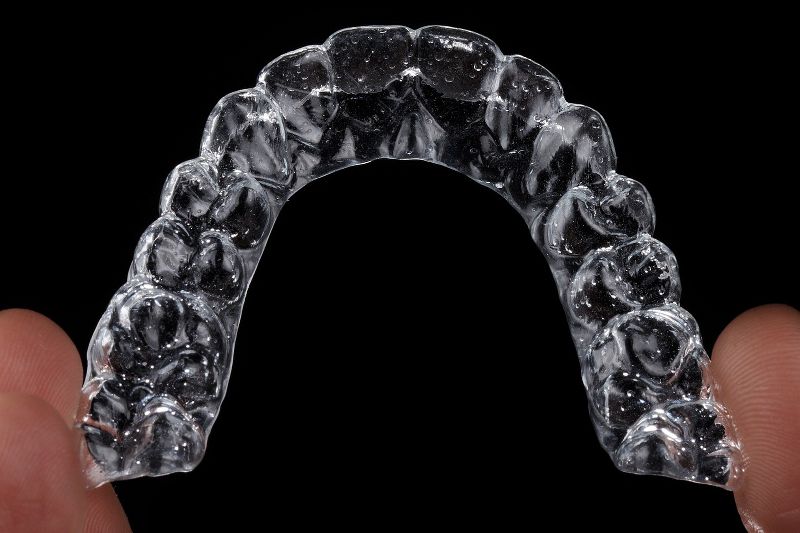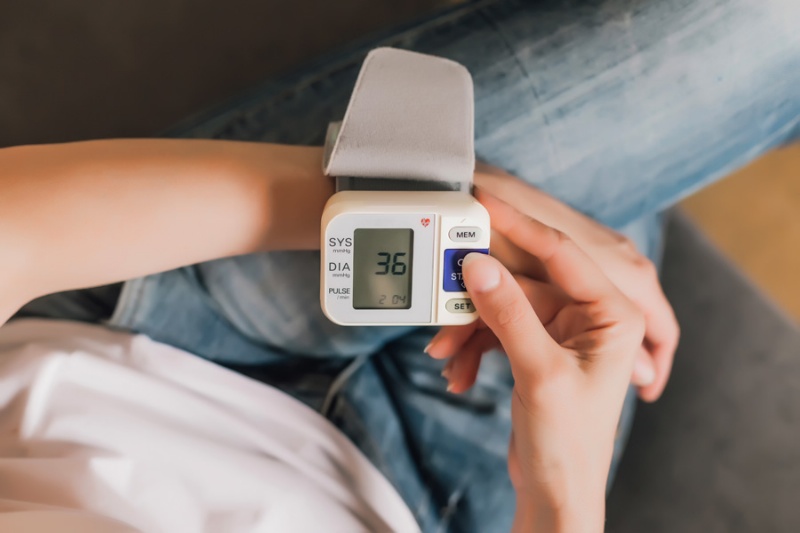
Visits: 24

Perhaps you have already heard of Invisalign, or invisible orthodontics, perhaps from your dentist or from some friend who has undergone this type of treatment. If you don’t know what we’re talking about yet, you’re in the right article!
Let’s see together how Invisalign technology works!
Invisalign: what it is and what it is used for
Invisalign is a brand that produces very low visibility devices for correcting the position of the teeth. These are masks that simulate the shape of the teeth in a meticulous way and which, progressively, every week and with each change of mask, “push” the teeth into the correct position. After a few months of treatment, depending on the severity of the case and the number of aligners needed, the teeth return to their correct position.
The two main advantages of tools like Invisalign are:
- they are invisible, and therefore less disturbing to wear; L’orthodontics with the Invisalign technique For this reason it also entices adults, who perhaps did not have the opportunity to use classic devices as children
- they are less difficult to clean on a daily basis, because they are worn all day and night and removed during meals, so toothpaste, toothbrush and dental floss three times a day are more than enough for cleaning
The main reason for using lnvisalign is the aesthetics of the mouth, but correct alignment of the teeth also helps to prevent different disorders, such as bone degradation, chewing difficulties, malocclusion. Your trusted dentist will be able to give you all the therapeutic indications for your case at the time of the visit.
All oral pathologies are treated first
To start a journey with Invisalign it is necessary to have treated or controlled pre-existing oral pathologies. Cavities must be treated, any infections resolved, the gums must be healthy and the implantation of the teeth in the bone must be stable and of good quality. Otherwise, you risk nullifying the aesthetic effect of using this tool.
A visit, an orthopanoramic and possibly a CT scan of the mouth will give all the diagnostic information necessary for the dentist to correctly evaluate the order of execution of the interventions.
Three indispensable ingredients: cleanliness, patience and time
Before starting treatment with Invisalign, the dentist will have to analyze three patient propensities:
- attention, care and skill in daily cleaning
- ability to be patient and scrupulous
- time available to the patient to complete the treatment
Daily cleaning will be the most precious ally of the patient who uses Invisalign. In fact, the mask cannot be applied to teeth that are not well brushed and flossed, because by closing the teeth it risks encouraging the development of cavities where all food residues and bacteria have not been adequately removed.
The patient must also be willing to invest considerable time in the treatment: we are talking about about 3/6 months at least, up to 24 in the most serious cases. Skipping a mask, or wearing it for too few hours a day (we’re talking about no less than 22/23 a day) means slowing down the process even further and making it more difficult.
Casting of the teeth, cleaning of the instrument and progression of the trays
Having decided to proceed with Invisalign, the dentist uses a pasty substance, called alginate, or a silicone compound, to take a cast exactly identical to the patient’s teeth. Starting from this decrease, all the taps will be created, gradually more adherent, narrower and more similar to the position of the teeth that must be achieved. Forced into the mask, the teeth will slowly straighten and settle into position.
To clean the masks you can use an old toothbrush dedicated for this purpose. Not all aligners can tolerate the use of sanitizing solutions, similar to those used for removable dentures, but if your model can also be cleaned with these methods, your dentist will suggest the best products.
The progression of the aligners occurs with the replacement, usually weekly, of the instrument: the next one will always be a little more similar to the shape of the desired teeth, and will progressively push the teeth into the right position.
Rigor and patience are essential elements: masks must be worn for at least 22 hours a day, removing them only for the time strictly necessary to eat. Then the teeth are brushed and worn again.
At the end of the treatment, the dentist generally gives a mask to be used only at night to maintain the position obtained and to protect the teeth from possible wear and nocturnal bruxism.
Is Invisalign painful?
Generally Invisalign is a tool well tolerated by patients. In the first days of applying the first mask, and in the first hours after applying the subsequent ones, it is possible to feel some discomfort in the mouth, which however will tend to disappear on its own within a short time. Your dentist will be able to suggest ways to reduce discomfort.
Speech is not affected by the use of the mask, but it may initially be more difficult to articulate some sounds due to the bulk. Generally, however, the sensation adapts and disappears in a few days, as soon as the tongue and teeth coordinate in the new position.
SOURCES
Malocclusion of the teeth: www.my-personaltrainer.it/benessere/malocclusione-dentale.html
Differences between invisible and traditional fixed braces: www.gavazzeni.it/news/orecchio-trasparente-o-tradizionale-qual-e-il- Migliore/
Originally posted 2023-12-19 18:51:02.


